In the ever-evolving world of interior design, the surfaces that surround us are no longer mere backdrops; they are integral players in the narrative of our homes. As we step into 2025, a revolutionary trend is taking center stage, one that celebrates diversity, embraces sensory experiences, and champions personalization: the artful mixing of tile surfaces, textures, and finishes. Gone are the days of homogenous, one-note rooms. The future of tile design is a rich tapestry woven from a dynamic interplay of materials, a symphony of sheens, and a celebration of tactile sensations.
This global shift is more than just a fleeting aesthetic; it’s a response to our collective desire for spaces that are not only visually stunning but also emotionally resonant. From the serene, nature-inspired palettes of Scandinavia to the bold, vibrant patterns of Latin America, the trend of mixing and matching tiles is being interpreted in unique and exciting ways across the globe. It’s about creating homes that tell a story, that engage our senses, and that reflect our individuality.
But how does one master this art of combination without creating a chaotic mess? How do you seamlessly blend the rustic charm of a textured stone-effect tile with the sleek sophistication of a high-gloss ceramic? This comprehensive guide will navigate you through the exciting landscape of global tile design in 2025. We’ll explore the key trends, delve into the psychology of texture, and provide you with practical, expert-led advice to empower you to create a home that is a true masterpiece of mixed-media design.
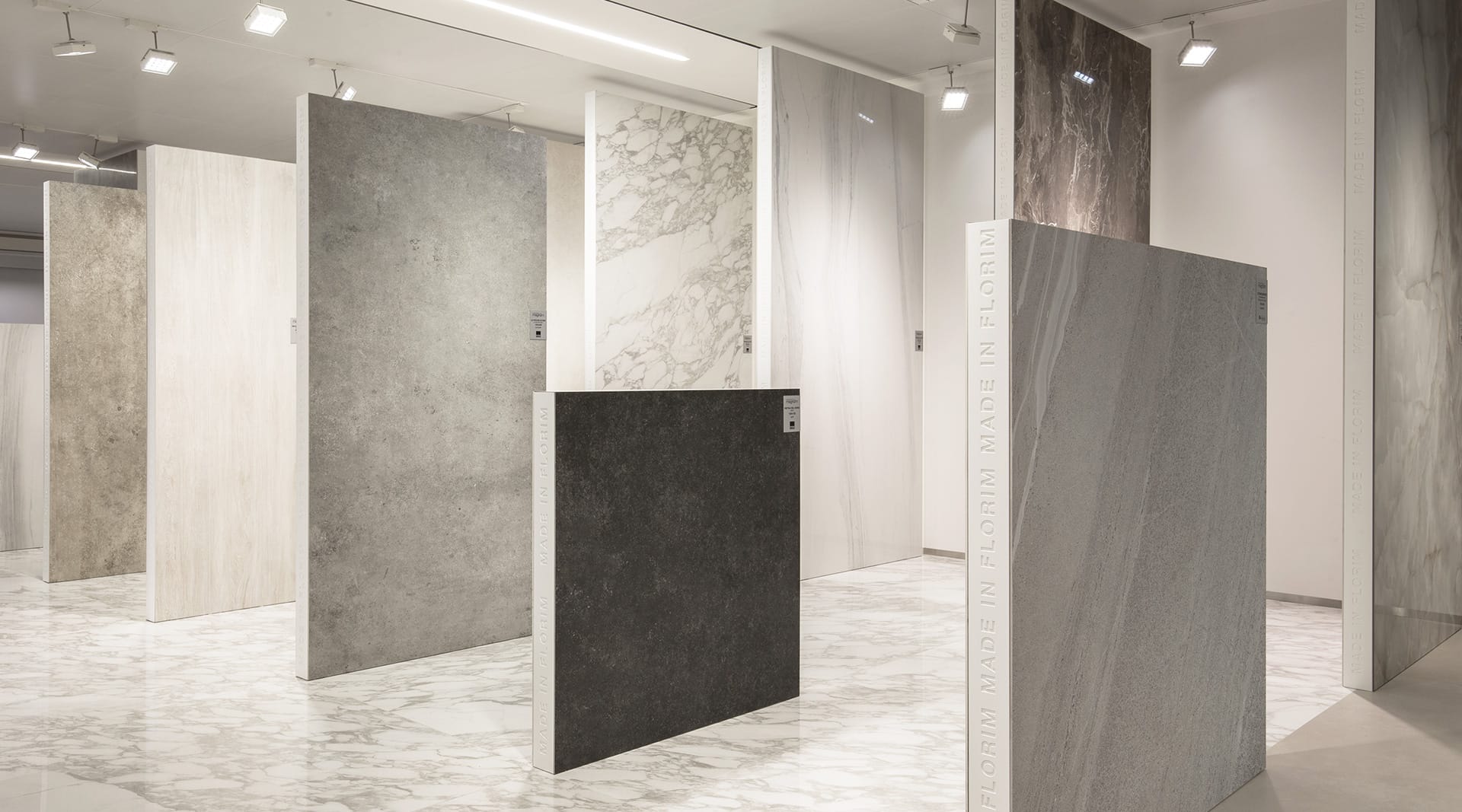
The Philosophy Behind the Trend: Why We Crave a Multi-Sensory Home
Before we delve into the “how-to,” it’s important to understand the “why.” The rise of mixed-tile interiors is deeply rooted in our innate human need for connection—to nature, to our heritage, and to our own senses. In an increasingly digital world, we are starved for tactile experiences. The feel of a cool, smooth tile underfoot, the way light dances across a three-dimensional surface, the subtle warmth of a matte finish—these are the sensory details that transform a house into a home.
This trend also speaks to our growing appreciation for authenticity and craftsmanship. The perfect imperfections of a handmade Zellige tile, the rugged honesty of a slate-effect porcelain, the intricate veining of a marble-inspired ceramic—these are the details that add character and soul to a space. By mixing these elements, we are creating a layered, multi-dimensional environment that is a reflection of our own complex and multifaceted lives.
Decoding the Tile Trends of 2025: A Global Perspective
The beauty of this trend lies in its adaptability. Across the world, designers and homeowners are putting their own unique spin on the art of mixing and matching. Here are some of the key global trends shaping the tile landscape of 2025:
- The New Naturalism: A deep and abiding love for nature continues to be a driving force in interior design. This is manifesting in a move towards tiles that mimic the look and feel of natural materials with astonishing realism. Think large-format porcelain slabs with the subtle veining of Carrara marble, wood-effect planks with a convincing grain and texture, and stone-effect tiles that capture the rugged beauty of slate and travertine. The key to this trend is not just visual mimicry but also tactile authenticity.
- The Rise of the Artisan: In a rebellion against mass production, there is a growing demand for tiles that bear the mark of the human hand. Zellige tiles from Morocco, with their irregular surfaces and rich color variations, are a prime example. These tiles are celebrated for their imperfections, and they bring a sense of history and soul to a space. Similarly, handcrafted ceramic tiles with subtle variations in glaze and texture are being used to create feature walls and backsplashes that are true works of art.
- The Allure of the Three-Dimensional: Flat surfaces are a thing of the past. In 2025, tiles are literally popping off the walls. From subtle fluted and reeded designs to more dramatic geometric and organic patterns, 3D tiles are being used to add depth, texture, and a dynamic play of light and shadow to interiors. This trend is particularly popular in contemporary and minimalist spaces, where the textural interest of the tiles can become the main decorative feature.
- A Softer, Warmer Palette: While bold colors will always have their place, the overarching color trend for 2025 is one of warmth, comfort, and tranquility. Think earthy tones of terracotta, sage green, and muted blues, as well as a sophisticated palette of warm neutrals like beige, taupe, and greige. These colors provide a beautiful backdrop for the interplay of different textures and finishes.
The Building Blocks of a Masterfully Mixed Interior: A Guide to Surfaces, Textures, and Finishes
To successfully mix and match tiles, you need to understand the unique properties of each element. Think of it as composing a piece of music; each note has a different tone and quality, and it’s the way you combine them that creates a harmonious melody.
Surfaces: The Foundation of Your Design
- Porcelain: The workhorse of the tile world, porcelain is incredibly durable, water-resistant, and versatile. Thanks to advanced printing technologies, porcelain can mimic the look of almost any material, from marble and wood to concrete and metal.
- Ceramic: More affordable than porcelain, ceramic tiles are a popular choice for walls and backsplashes. They come in a vast array of colors, patterns, and sizes, and they are often the canvas for more decorative and artisanal designs.
- Natural Stone: Marble, travertine, slate, and limestone bring a timeless elegance and a direct connection to the natural world. Each piece of natural stone is unique, with its own veining and color variations.
- Glass: Glass tiles are a fantastic way to add a touch of glamour and reflect light in a space. They are particularly effective in small bathrooms and kitchens, where they can create a sense of spaciousness and luminosity.
Textures: The Soul of Your Space
- Smooth: A classic and timeless choice, smooth tiles have a clean, polished look that is easy to maintain. They provide a beautiful canvas for showcasing other design elements in the room.
- Matte: With its non-reflective, velvety finish, matte tile has a soft, contemporary feel. It’s excellent at hiding fingerprints and water spots, making it a practical choice for high-traffic areas.
- Textured: This broad category includes everything from subtle, fabric-like weaves to more pronounced, three-dimensional patterns. Textured tiles are designed to engage the sense of touch and create a dynamic interplay of light and shadow.
- Rustic/Tumbled: These tiles have a deliberately aged and weathered look, with soft, rounded edges and a slightly uneven surface. They are perfect for creating a warm, inviting, and rustic atmosphere.
Finishes: The Final Flourish
- Glossy: A high-shine, reflective finish that bounces light around a room, making it feel brighter and more open. It’s a popular choice for wall tiles, particularly in bathrooms and kitchens.
- Satin: A happy medium between glossy and matte, a satin finish has a soft, subtle sheen that is elegant and understated. It offers a good balance of style and practicality.
- Honed: This finish is most commonly found on natural stone. It’s a smooth, matte finish that has a soft, velvety feel. It provides a more natural and less formal look than a polished finish.
- Lappato/Semi-Polished: This finish is created by polishing the surface of the tile but not to the extent of a full gloss. The result is a surface with a subtle, random sheen that catches the light in different ways.
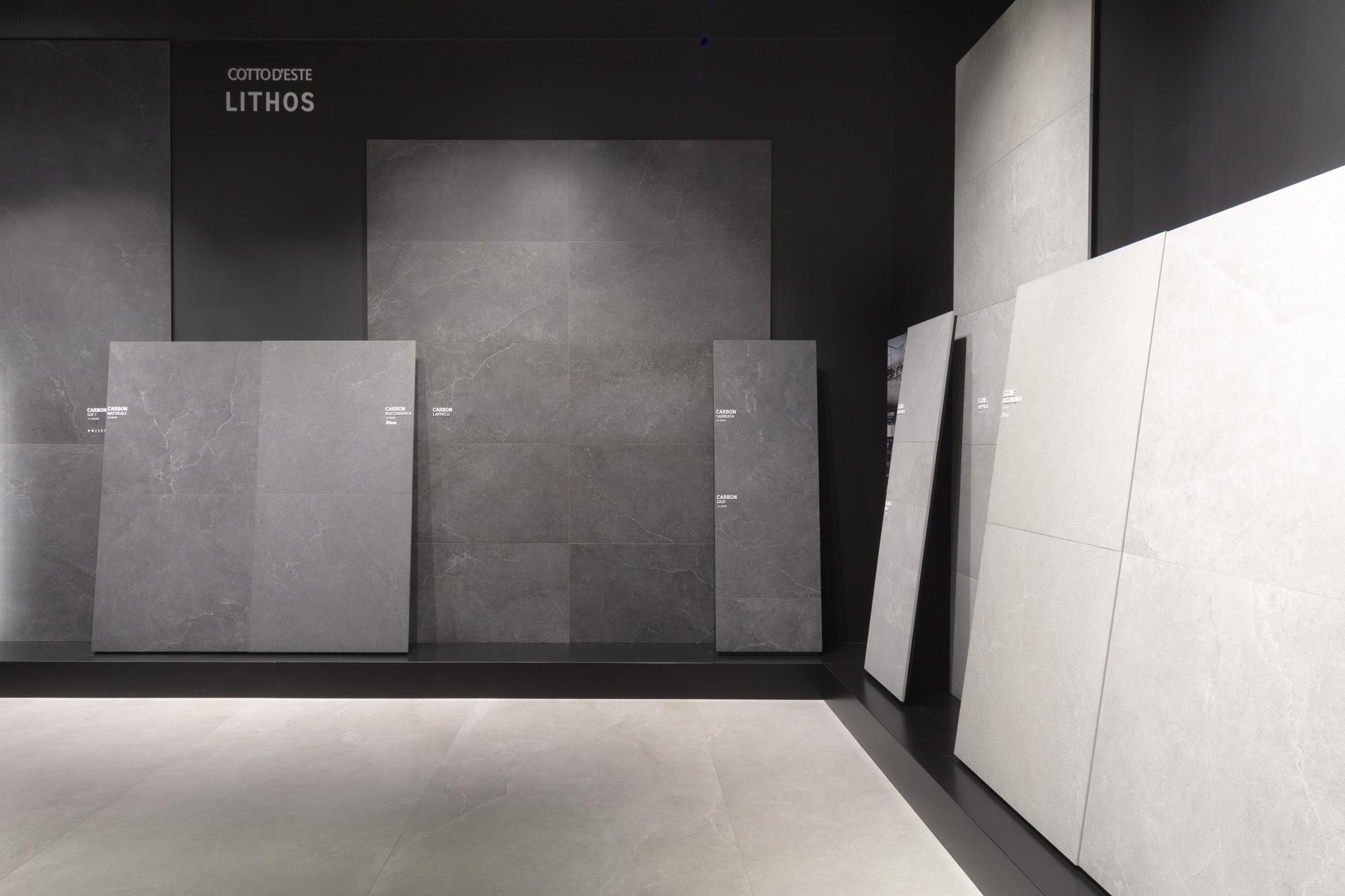
The Art of Combination: Practical Strategies for Mixing and Matching
Now that you understand the different elements at your disposal, let’s explore some practical strategies for combining them in a way that is both beautiful and cohesive.
۱. The 80/20 Rule: Finding Your Balance
A great starting point for any mixed-tile design is the 80/20 rule. This involves choosing a primary tile that will cover approximately 80% of the surface and then using a more decorative or contrasting tile for the remaining 20%. This creates a clear visual hierarchy and prevents the design from feeling too busy. For example, you could use large-format, matte-finish porcelain tiles on the majority of your bathroom floor and walls, and then create a stunning feature wall in the shower with glossy, textured Zellige tiles.
۲. The Common Thread: Creating Cohesion
When mixing different tiles, it’s crucial to have a unifying element that ties the whole look together. This “common thread” can be a shared color, shape, or material.
- Color Harmony: One of the easiest ways to create cohesion is to stick to a limited color palette. You can use different shades of the same color in a variety of textures and finishes. For example, a bathroom could feature a dark green, glossy subway tile on the walls, a lighter green, matte hexagonal tile on the floor, and a patterned green and white tile in a niche.
- Shape Repetition: Another effective strategy is to use the same shape in different sizes, colors, and textures. Imagine a kitchen backsplash that uses a combination of white, grey, and black subway tiles in both matte and glossy finishes. The consistent shape creates a sense of rhythm and order, while the variation in color and finish adds visual interest.
- Material Continuity: If you’re using a mix of real and faux materials, try to maintain some continuity. For example, if you have a beautiful marble-effect porcelain tile on your bathroom floor, you could use a real marble mosaic as an accent in the shower.
۳. A Dialogue of Opposites: The Power of Contrast
Some of the most compelling designs are created through the use of contrast. Don’t be afraid to pair opposites; the tension between them can create a dynamic and exciting visual dialogue.
- Glossy vs. Matte: This is a classic combination that never fails to impress. The reflective quality of a glossy tile is beautifully enhanced when placed next to the soft, light-absorbing quality of a matte tile.
- Smooth vs. Textured: Pairing a sleek, smooth tile with a highly textured one creates a rich, multi-sensory experience. Imagine a living room with a smooth, polished concrete-effect floor and a feature wall of rough, split-face stone tiles.
- Large vs. Small: Playing with scale can also create a powerful visual impact. A large-format tile on the floor can make a room feel more spacious, while a small, intricate mosaic can be used to create a jewel-box effect in a small area like a powder room or a kitchen backsplash.
۴. Function First: A Practical Approach to Mixing
While aesthetics are important, the functionality of the space should always be a key consideration.
- In the Bathroom: Safety is paramount in a wet environment. A matte or textured finish is always the best choice for a bathroom floor to prevent slips. You can then be more adventurous on the walls, using a glossy tile to reflect light and make the space feel bigger, or a dramatic 3D tile to create a spa-like atmosphere.
- In the Kitchen: A kitchen backsplash needs to be easy to clean. A smooth, glossy, or satin finish is ideal for this purpose. For the floor, durability and slip-resistance are key, making a porcelain tile with a matte or Lappato finish a great option.
Common Mistakes to Avoid: A Word of Caution
While the possibilities for mixing and matching are endless, there are a few common pitfalls to avoid:
- Too Much, Too Soon: The most common mistake is trying to incorporate too many different patterns, colors, and textures in one space. This can result in a design that feels chaotic and overwhelming. As a general rule, stick to a maximum of three different tile designs in a single room.
- Ignoring Scale and Proportion: A tile that looks great in a showroom might look completely different in your home. Always get samples and see how they look in the space before you commit. Pay attention to the scale of the tile in relation to the size of the room.
- Forgetting About Grout: Grout is not just a functional element; it’s a key design detail. The color of your grout can dramatically change the look of your tiles. A contrasting grout will highlight the shape of the tiles and create a more graphic look, while a matching grout will create a more seamless and subtle effect.
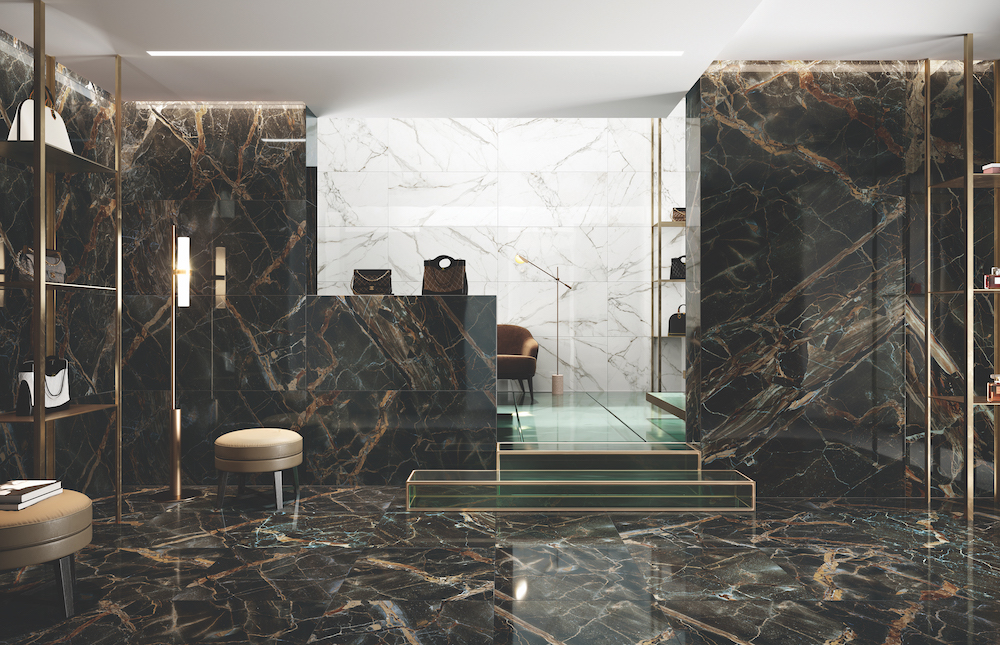
Conclusion: Your Home, Your Masterpiece
The global tile design trends of 2025 are a testament to our desire for homes that are more personal, more sensory, and more connected to the world around us. The art of mixing surfaces, textures, and finishes is a powerful tool for creating spaces that are not just beautiful but also deeply meaningful. It’s an invitation to be creative, to experiment, and to express your unique personality.
So, don’t be afraid to break the old rules. Embrace the power of contrast, celebrate the beauty of imperfection, and create a home that is a true reflection of you. With a little bit of planning and a lot of imagination, you can transform your home into a masterpiece of mixed-media design.
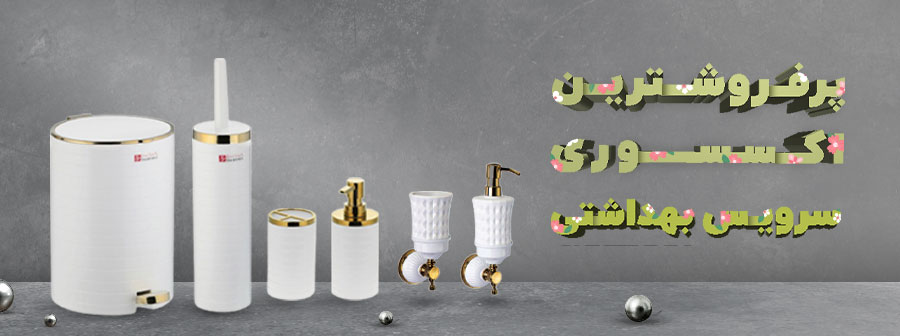
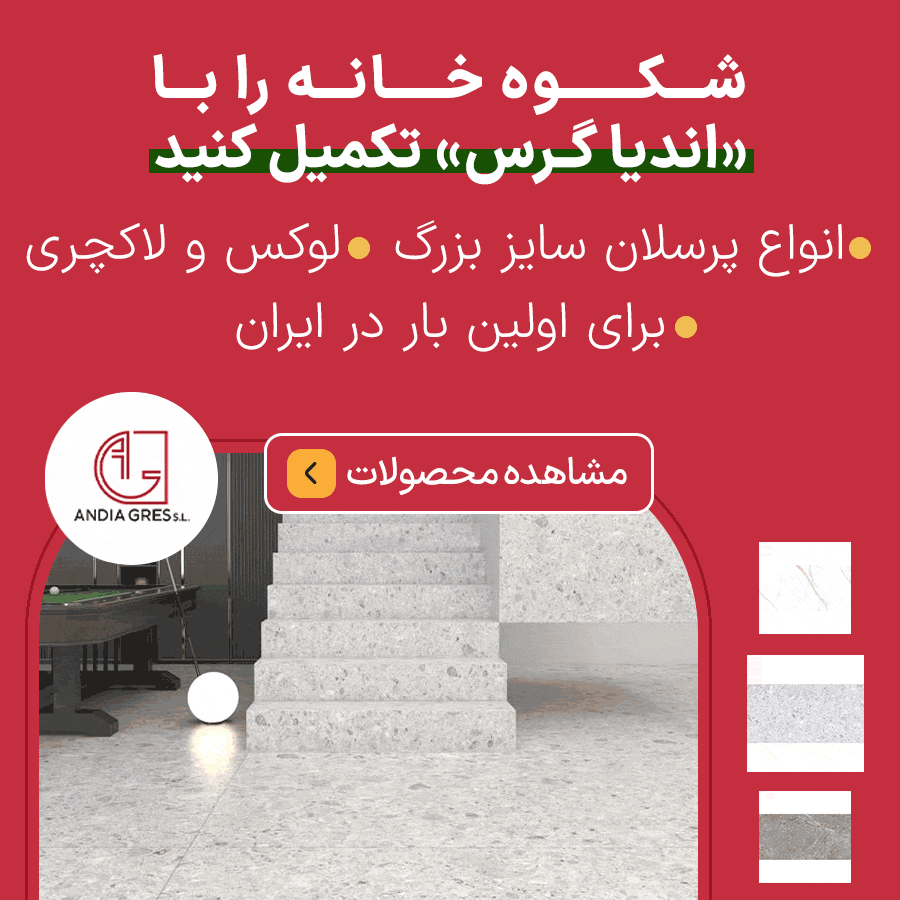
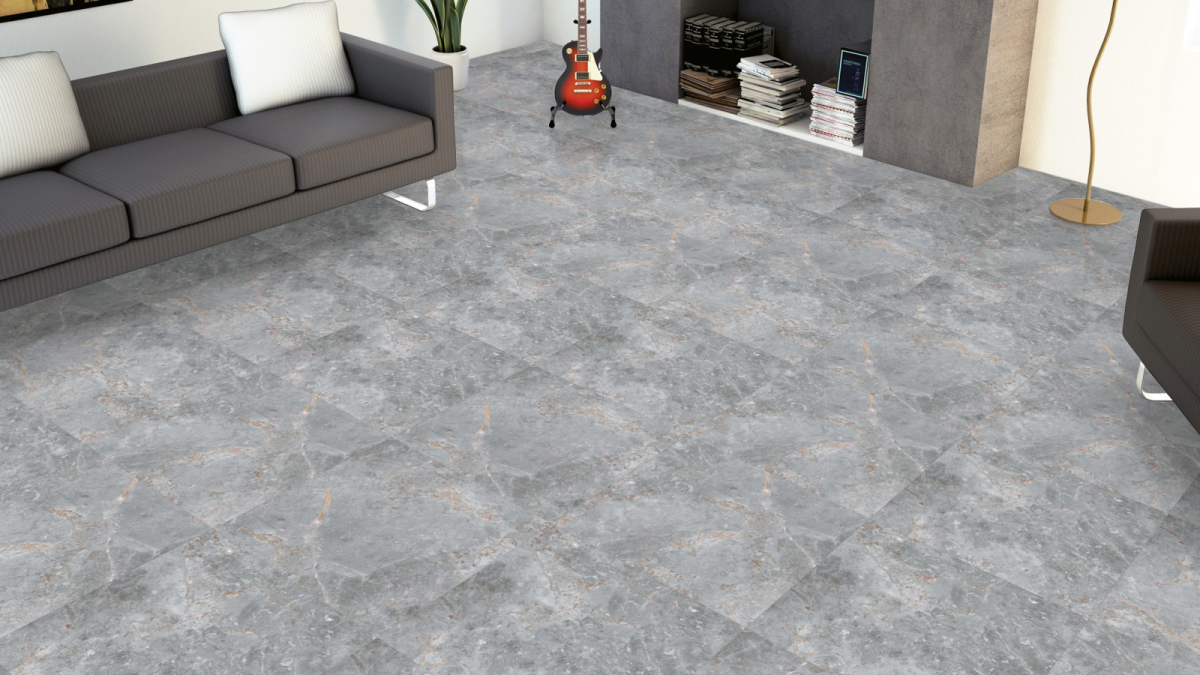
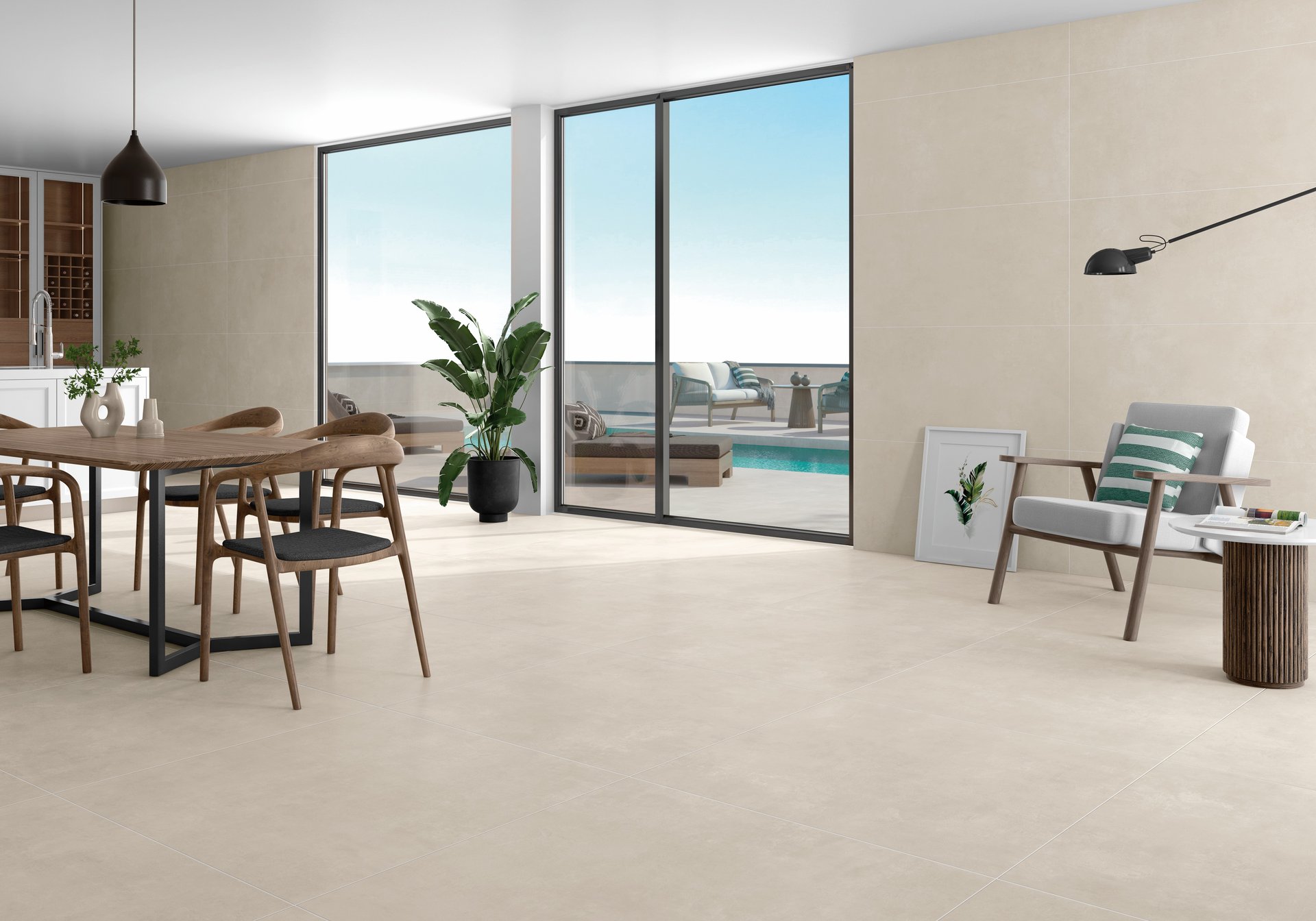
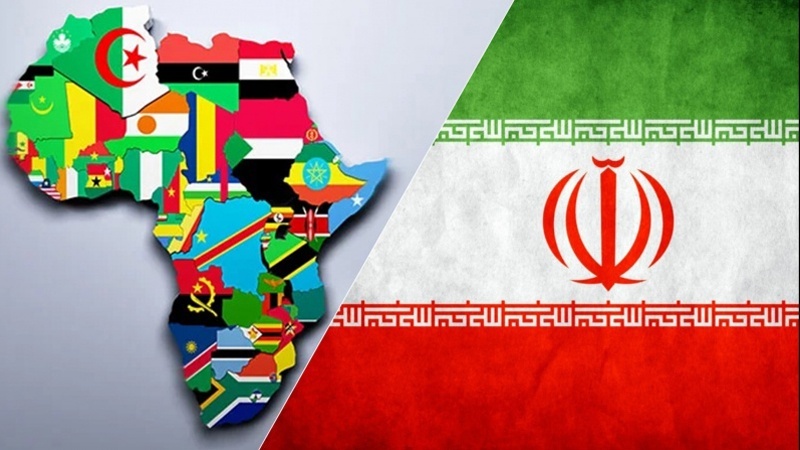
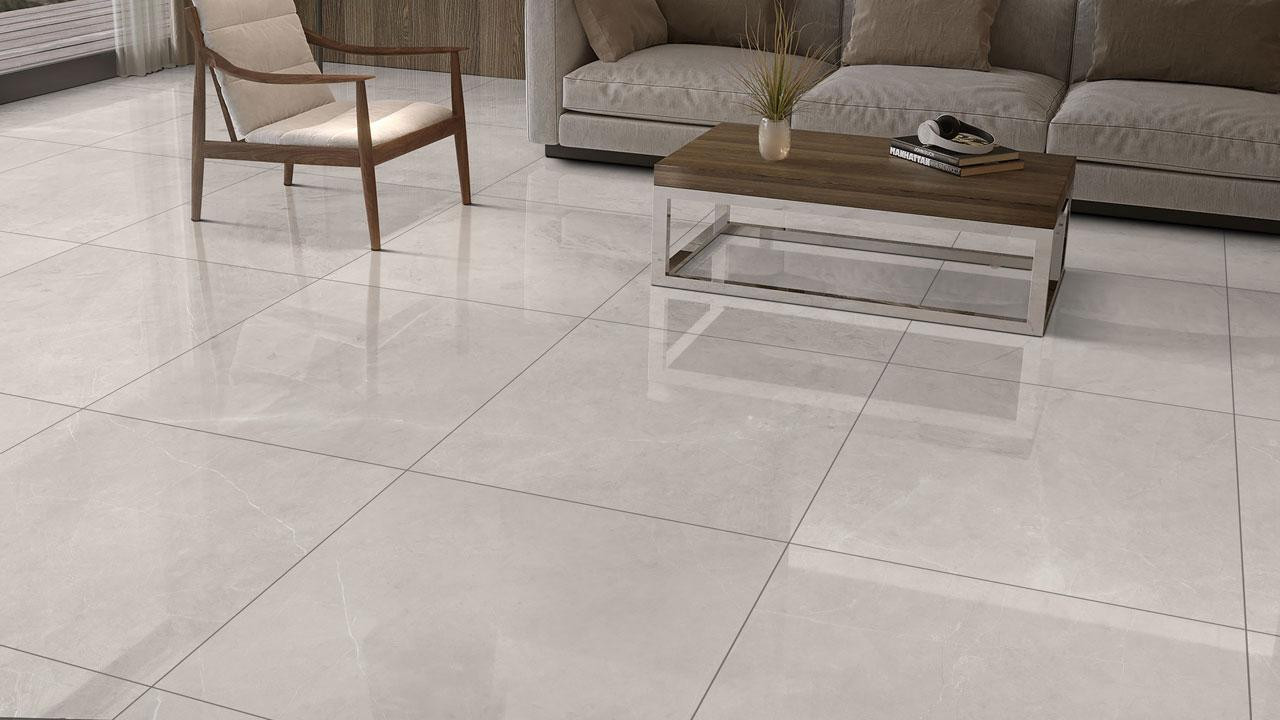
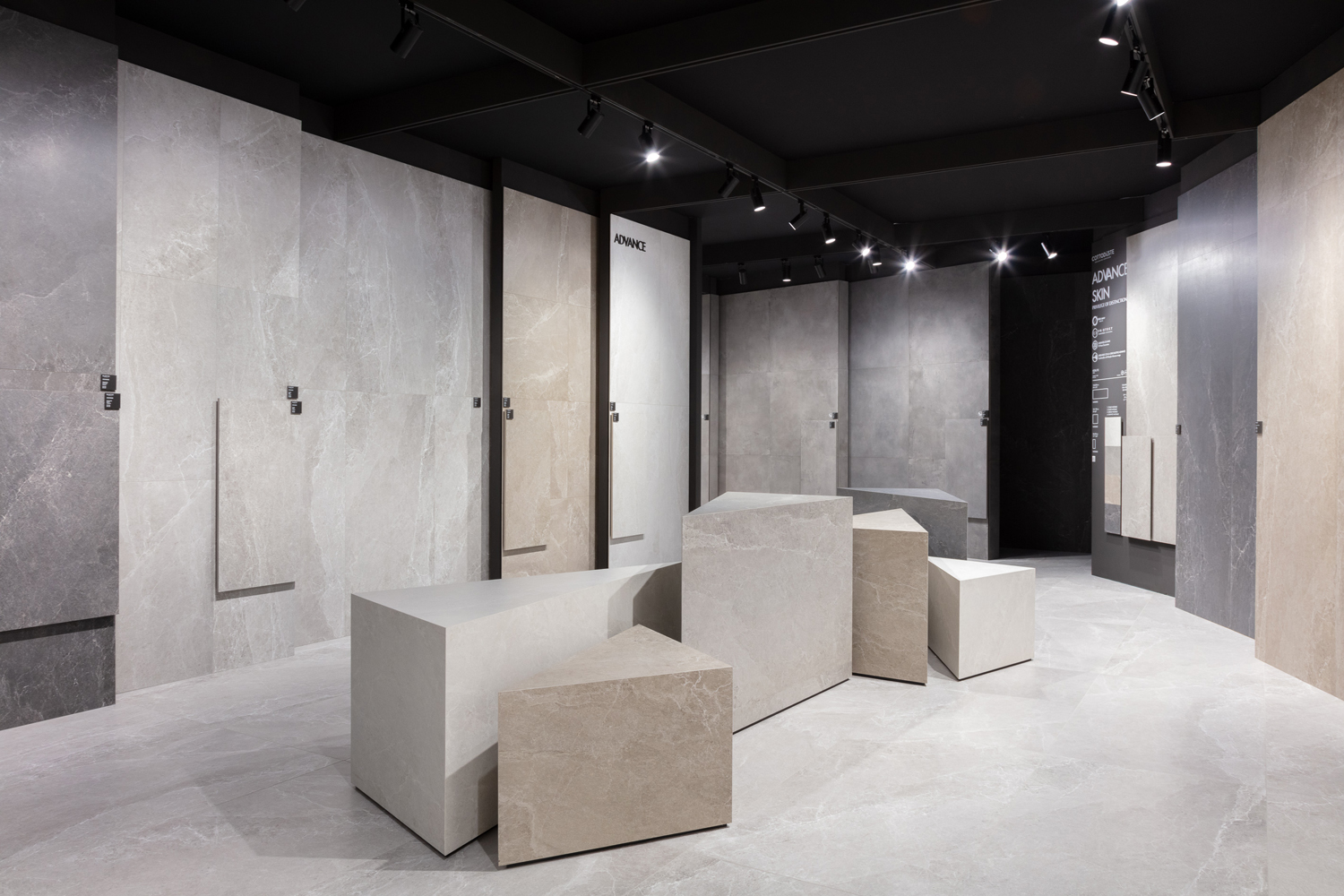
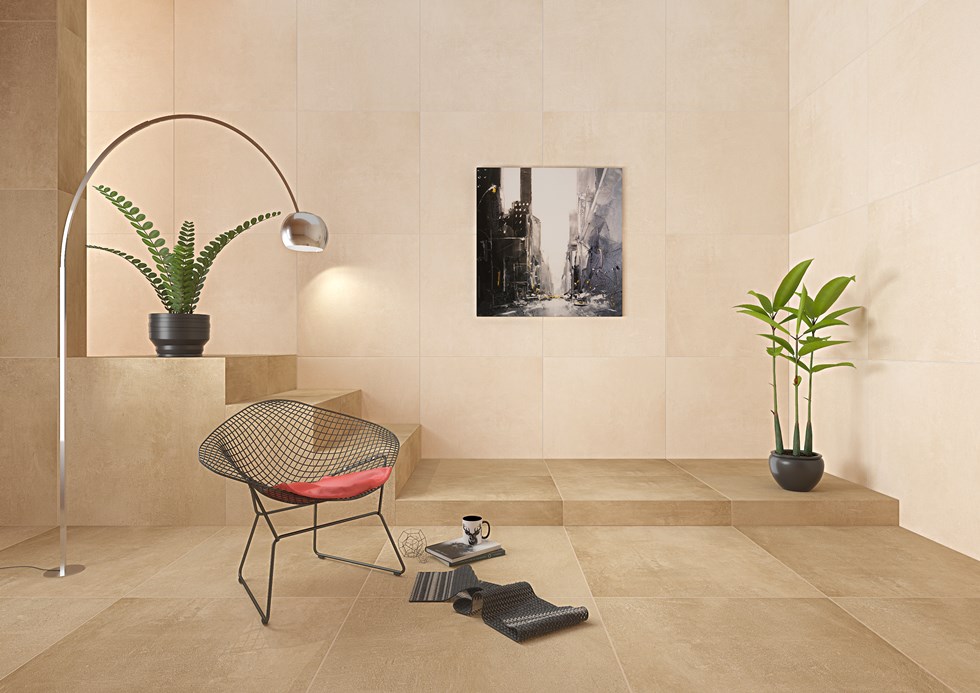

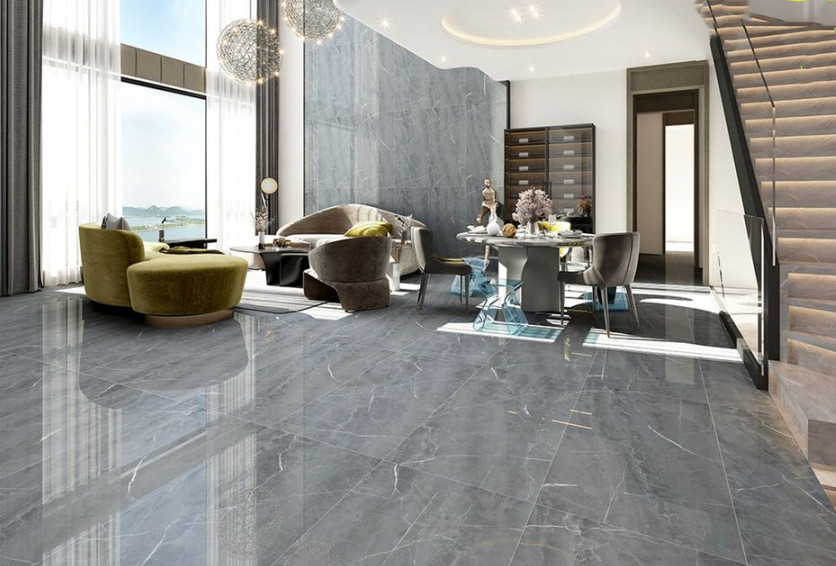
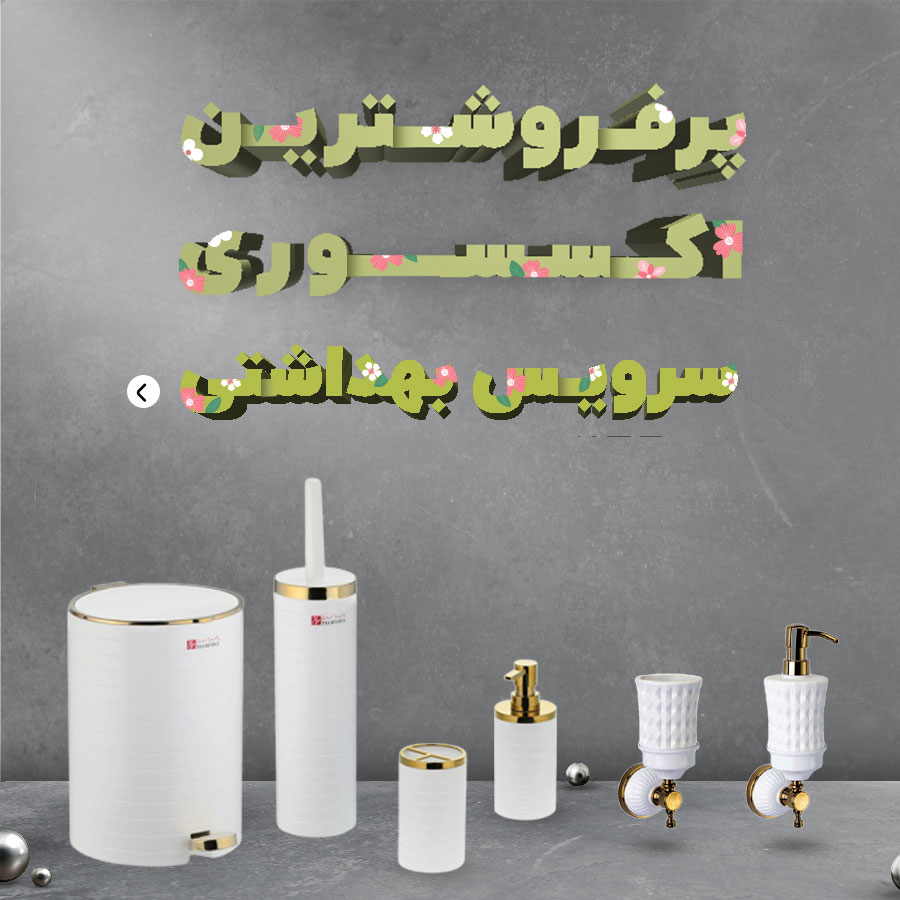

نظرات ۰